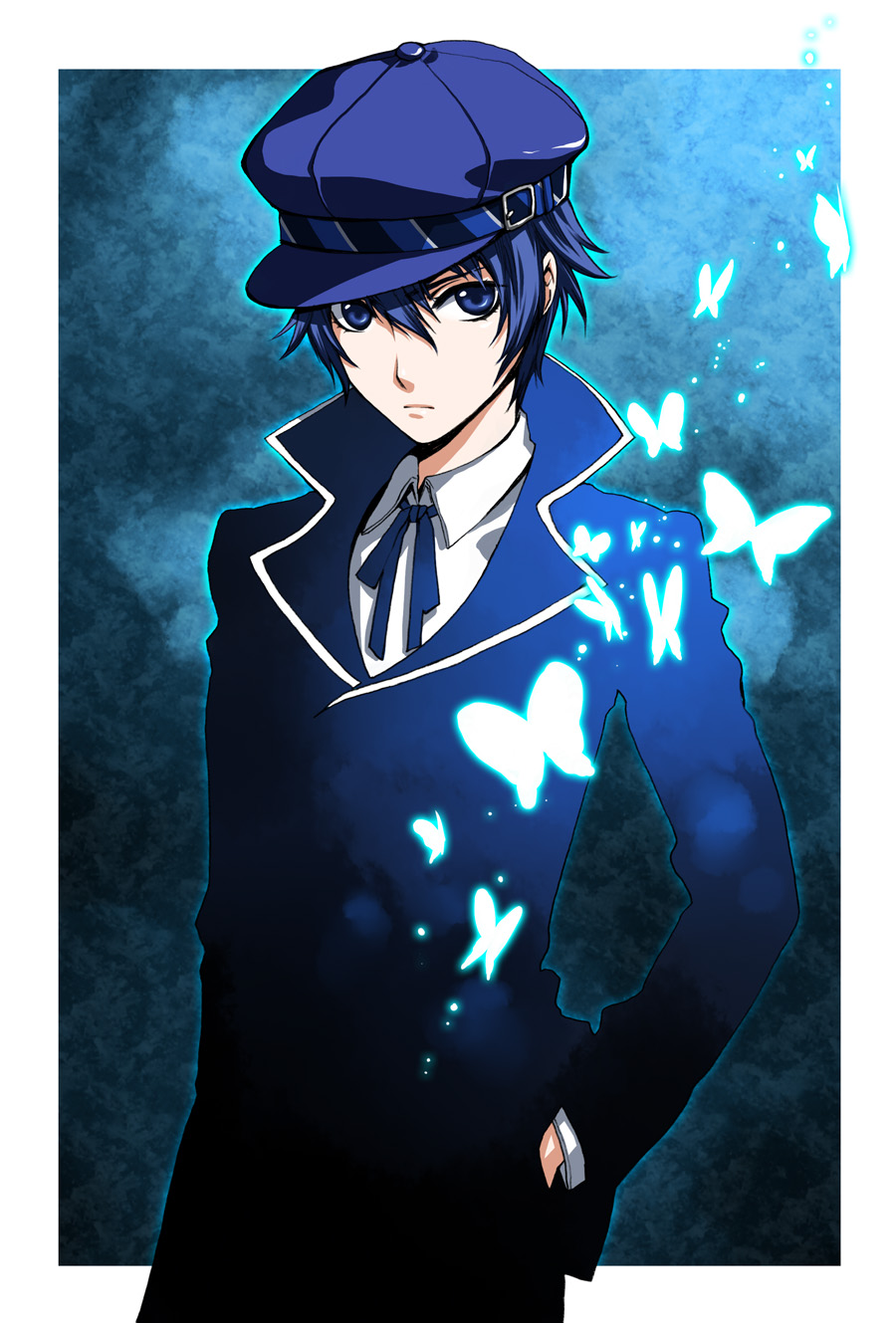

For example, one episode covers the time when Yosuke recruits Rise and the Investigation Team to perform at an event at Junes. This proved to be a smart decision on the creators part. As they have chosen not to rush through all key events and just focused on a select few, there is minimal overlap with the first anime and they have been able to use the extra time to further build the selected events. To fully appreciate the story and its characters, you will really need to watch Persona 4 the Animation or play one of the video games. Each episode tends to be split by a time-jump, ignoring core story events and instead focusing on individual events present in the P4G chronology. One important thing to note about Persona 4 the Golden Animation is that you shouldn’t watch it standalone. Adachi also receives special treatment, providing more depth to a character which isn’t all that developed in either Persona 4 or Persona 4 Golden. Including her to such a degree provides her much more development than in the video games, and overall proves to be one of the more interesting characters in Persona 4 to explore. In fact, aside from Episode 1 which is an adaptation of the original P4A opening episode, and a couple of other episodes, Marie is treated as a main or secondary character. Because Marie has previously been considered an optional social link and it is possible for players to completely ignore her during a playthrough, she has been written into many of the new events covered in these episodes. Unlike the other Velvet Room denizens, Marie frequently ventures away from her post, regularly interacting with Yu and his friends as they go about their daily lives. The biggest focus of Persona 4 the Golden Animation is Marie, the mysterious girl who appears before Yu Narukami when he first arrives in Inaba, and later sits alongside Igor and Margaret in the Velvet Room.

#PERSONA 4 ANIME PLUS#
Across 12 episodes plus a bonus OVA episode, viewers are given a “New Game +” experience, where the focus is less on dungeon crawling and social linking, and more about standalone events / story features introduced in the enhanced port it is based on. Instead, it should be treated similar to how Persona 4 Golden (PlayStation Vita) could be compared to Persona 4 (PlayStation 2), working off the original storyline albeit with many new additions. Persona 4 the Golden Animation should not simply be considered a second season of Persona 4 the Animation, as the original season already encompassed many components of the video game quite well – along with its own unique twists which gave considerably more personality to the protagonist and Investigation Team than its source material.


 0 kommentar(er)
0 kommentar(er)
